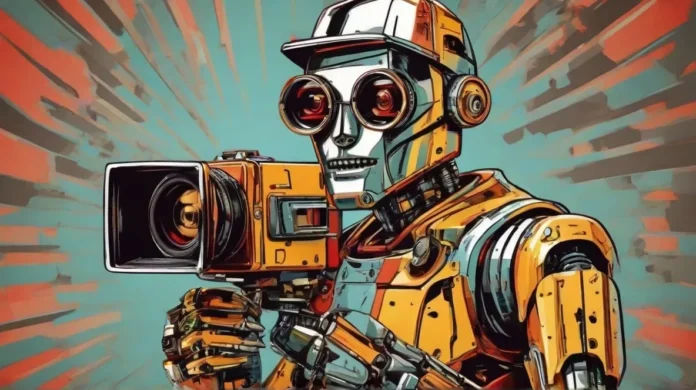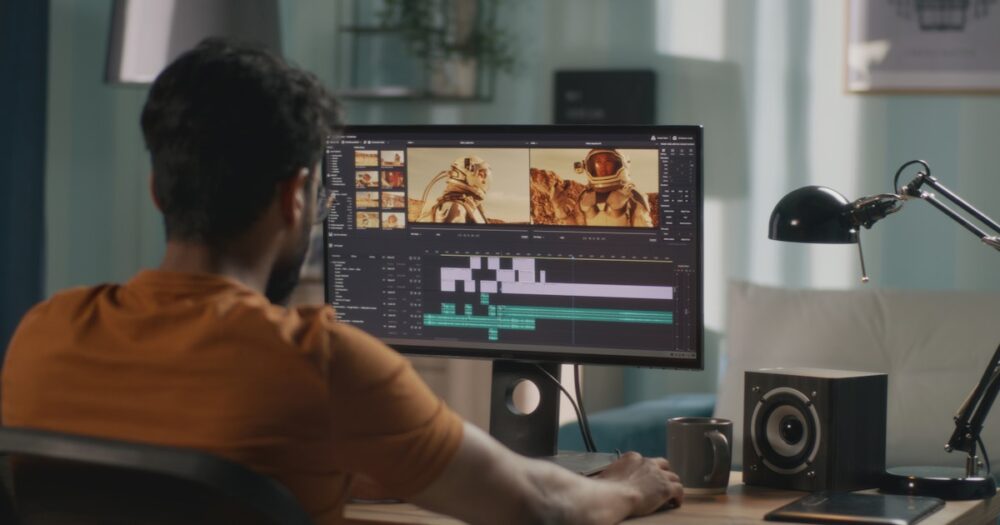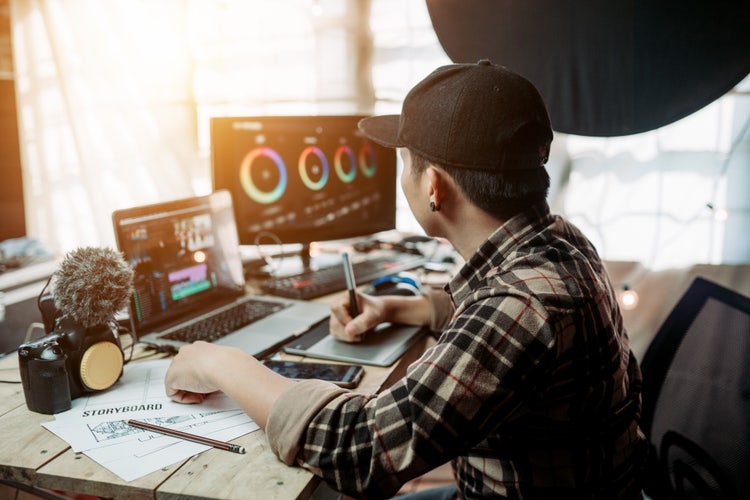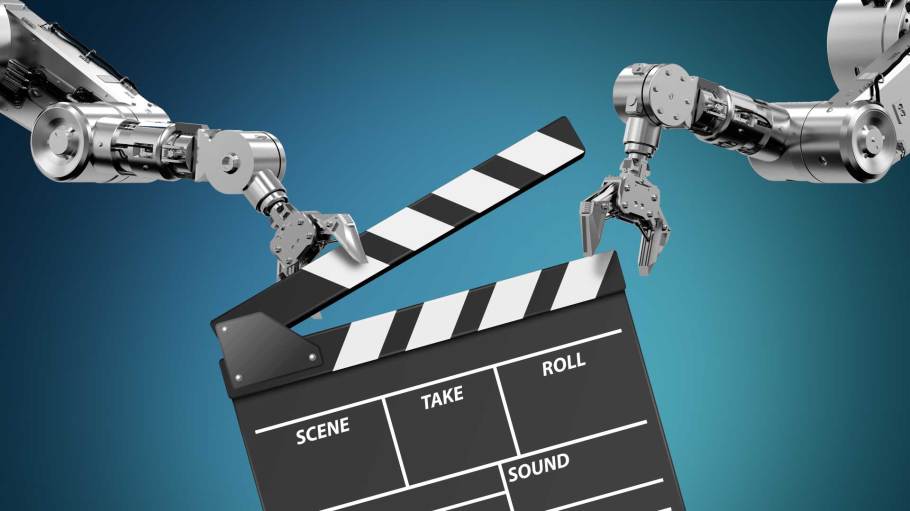
Artificial intelligence is revolutionizing various industries, and video production is no exception. In the past, creating high-quality videos demanded hours of manual labor and an expert’s touch. From meticulously editing footage to perfecting audio levels, every step was labor-intensive and time-consuming.
Today, AI is transforming the entire process, making it faster, more accessible, and even a little bit magical. This shift is not just about efficiency; it’s about unleashing creativity and enabling storytellers to push boundaries in ways previously unimaginable.
Imagine a world where tedious tasks like sorting through hours of raw footage or balancing sound levels are handled effortlessly by intelligent algorithms. This isn’t science fiction—it’s the new reality.
AI-powered tools like Trend Rider AI are democratizing video production, allowing both seasoned professionals and enthusiastic amateurs to produce stunning content with ease.
Whether you’re an independent filmmaker, a marketing professional, or a content creator on social media, AI is opening up new possibilities, making high-quality video production more attainable than ever before.
The Editing Processes

Video editing used to be a painstaking task, often involving sifting through hours of footage to find the perfect shot.
AI is now capable of analyzing content and selecting the best clips in a fraction of the time. This smart technology identifies key moments, edits them seamlessly, and even suggests transitions that can make your video look professionally polished.
Consider AI tools like Adobe Premiere Pro’s Auto Reframe or Magisto, which automatically edit videos based on the input provided. They’re capable of identifying faces, detecting motion, and even adjusting the aspect ratio to suit various platforms. The days of manually resizing and re-editing for different social media channels are over.
Automating Mundane Tasks
The beauty of AI in video production lies in its ability to handle the boring stuff, freeing up human creatives to focus on storytelling and concept development. For instance, AI can automate color correction, a task that requires a keen eye and significant time.
Tools like DaVinci Resolve use AI to analyze the footage and adjust colors to achieve a consistent look throughout the video.
Audio processing also gets a significant boost from AI. Removing background noise, balancing sound levels, and even generating realistic voiceovers are tasks that AI tools like Descript excel at. This not only speeds up production but also ensures a high-quality output.
Improving Accessibility

AI’s impact on video production isn’t just about making things faster or fancier; it’s also about making the whole process more inclusive. AI-driven captioning tools like Rev and automated translation services are breaking down language barriers and making content accessible to a broader audience.
This is a game-changer for creators who want to reach global audiences without hiring expensive translation services.
Moreover, AI can assist in creating content for people with disabilities. Automatic generation of audio descriptions for visually impaired audiences or simplifying language for those with cognitive disabilities are just a few examples of how AI is making video content more inclusive.
Boosting Efficiency in Production

Efficiency in video production often comes down to managing resources and time wisely. AI tools help streamline workflows by handling pre-production tasks like scriptwriting and storyboarding. For example, ScriptBook uses AI to analyze scripts and predict their success, which can be invaluable in the planning stages.
During production, AI-driven cameras like those from companies such as Canon and Sony can track subjects and adjust settings on the fly, reducing the need for manual intervention. This allows filmmakers to focus more on the creative aspects of shooting rather than technical details.








